It bugs the hell out of me why this has not been solved.
Sodder Children Disappearance – Christmas True Crime

After escaping a Christmas Eve house fire, two parents comforted four of their children, but five more were left inside – only for investigators to find no evidence the children had been in the house at all.
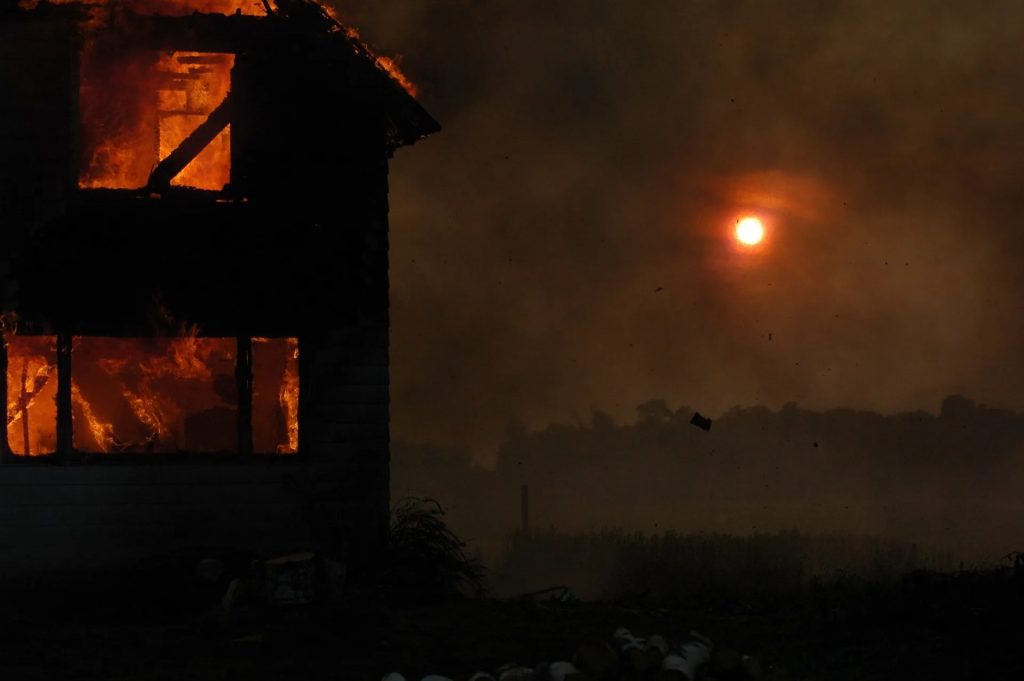
This and NINETEEN other true crime stories and mysteries can be found in Bizarre True Crime Volume 5 (Christmas Edition), available from Amazon.
Soddu’s immigration
The small town of Fayetteville in West Virginia sits next to the New River Gorge and was recently labelled one of the coolest small towns in America, attracting tourists from all over the country.
On Christmas Eve, 1945, a mystery befell the town that left five children unaccounted for. What began as a tragedy turned into something a little more disturbing when rumours began circulating that the children were still alive.
George Sodder, born Giorgio Soddu, emigrated to the United States from Italy, with his brother in 1908, aged 13. Once they passed customs, his older brother returned to Italy, and George remained in the States.
After working various dead-end jobs in Pennsylvania and West Virginia, he started his own trucking company, and through his work, he met the love of his love, another Italian immigrant, Jennie Cipriani.
By the time 1923 had come around, the couple had married and were settled in the coolest small town in America; Fayetteville. They ended up becoming a respected family within the town and had ten children by 1943.
Though George was well known in the community, it wasn’t all good. He would argue with other immigrants about his steadfast opposition to the Italian politician Benito Mussolini, and throughout his time in Fayetteville, he had never told anyone why he had left his motherland at such a young age.
Timeline of a fateful night
Missing on the night of 24th December 1945 was the Sodder’s second-eldest son, Joe, who was serving in the military during the last days of the Second World War. In the house on that fateful and cold West Virginian night, were George, Jennie, and their remaining nine children.
Marion, their eldest daughter, aged 22, had turned up at the family home in the early evening bearing gifts for the younger children, after finishing her shift at a local discount store. It was a last-minute surprise, as the younger siblings hadn’t expected her to show up.
At around 10pm, excited at the prospect of having the family together – and more gifts – Jennie let some of the younger children stay up later than usual with two of their older brothers, 14-year-old Maurice and nine-year-old Louis.
By that point, George, and the two eldest sons, 23-year-old John and 16-year-old George Jr. were already asleep. After reminding the excited children of their chores, Jennie went to bed with her two-year-old daughter, Sylvia.
Just gone midnight, Jennie awoke to the sound of the telephone ringing, which was unusual for that time of night. She ran downstairs and answered it to hear a drunk woman on the other end, asking to speak to someone Jennie hadn’t heard of.
In the background, she could hear people laughing and celebrating what sounded like a raucous Christmas Eve party. She informed the mystery caller she had the wrong number and hung up, but not before noting the woman had an unusual laugh.
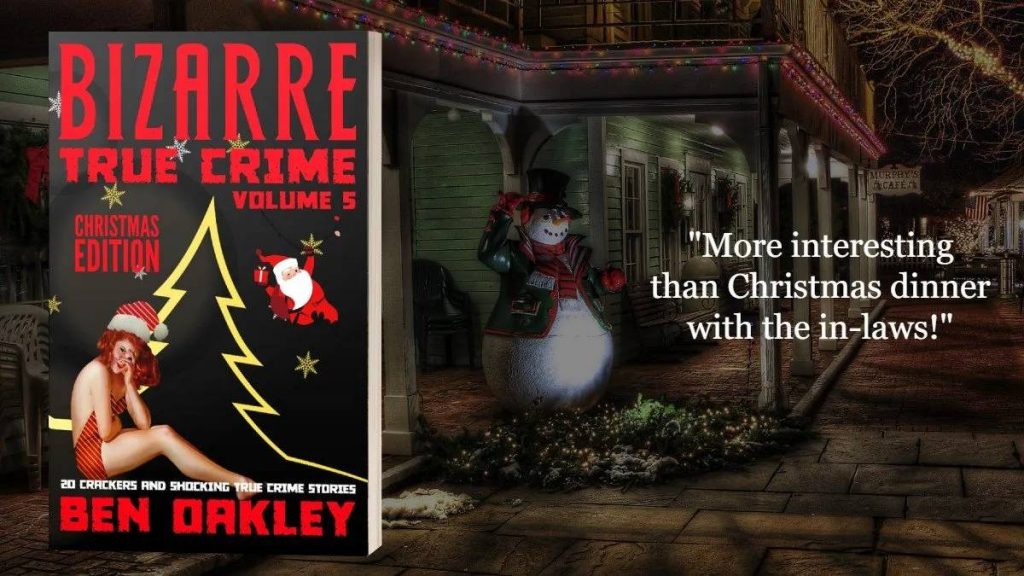
The fire begins
On her way back upstairs, she saw the lights were still on in the living room and the curtains remained open – minor chores the children were expected to have carried out.
As she approached the room, she saw Marion asleep on the couch and assumed the other children had retreated to the attic room where they normally slept.
Jennie tidied up and went back to bed but her slumber didn’t last long. At 1am, she was awoken by the sound of something hitting the roof of the house. It wasn’t uncommon, as birds would sometimes walk around on the roof but this was something heavier.
When she didn’t hear the sound again, she went back to sleep – for just 30 minutes. At around 1.30am, she awoke to the smell of smoke drifting through the house. Alarmed, she jumped out of bed and found George’s office on fire, flames licking the sides of the walls.
She alerted George and her eldest sons who called for the children in the attic and then they charged out of the house. George and Jennie escaped with four of their children; Marion, who was on the couch downstairs, John and George Jr. on the first floor, and two-year-old Sylvia.
Realising the five children in the attic were not with them, they frantically tried to get back into the house to either call to them or rescue them but the flames were too thick and the smoke was overpowering.
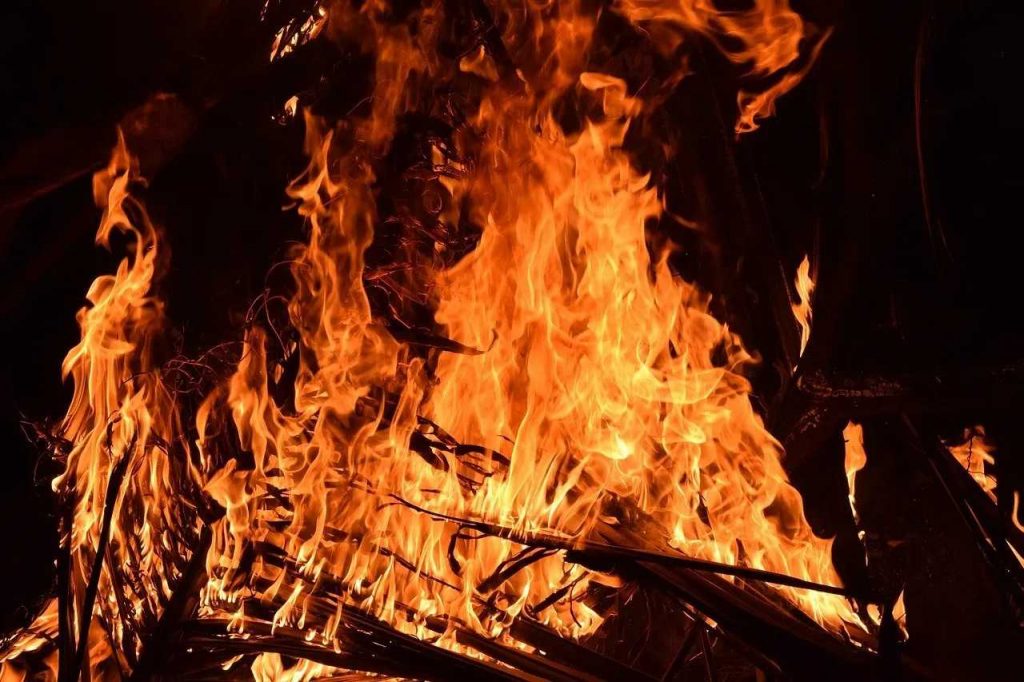
Lack of bones
George and his sons wanted to climb the side of the house into the attic, but the ladder which was normally positioned at the side of the house was nowhere to be seen.
They then tried to move George’s trucks to the house to climb up on but despite working fine on Christmas Eve, they didn’t start.
George resorted to climbing the wall and managed to reach the attic window but slashed his arm open on the glass and fell to the ground. The flames then burst out of the attic window. Marion ran to a neighbour’s house and called the fire brigade.
The fire had become so strong, that it was seen by a driver near one of the tavern’s on Fayetteville’s main street. The six members of the Sodder family could do nothing but watch for the next hour as the house burned to the ground. They assumed the five younger children had perished.
It took another three hours for the fire department to arrive. The delay was put down to many fire fighters being involved in the Second World War. When the fire engine arrived, it was beyond too late. The Sodder’s were on the lawn, staring in shock at the remains of their home.
After dousing the simmering site with water, the fire fighters searched the remains for signs of the children’s bodies. At around 10am, George was informed by the fire chief that there were no bones in the ashes, and that as far as he could tell, there were no bodies – and no children.
READ NEXT: 20 Most Infamous Unsolved Cold Cases in American History
Suspicions arise
The Sodder’s were told it was possible the five children had been completely incinerated due to the heat of the fire but George was beginning to suspect something darker was at work.
Four days later, distressed at the sight of the rubble, he used farming equipment to bulldoze the foundation of the house and cover it all in a thick layer of soil.
On 29th December, a coroner concluded a brief inquest that the fire was a result of faulty wiring. One day later, official death certificates were issued for each of the five children, despite no body parts or evidence of their deaths having been found.
A local newspaper – god bless ‘em – reported that all five bodies had in fact been found, but this was an embellishment of the facts they had received. On 2nd January 1946, the five children, Maurice, 14, Martha, 12, Louis, 9, Jennie Jr., 8, and Betty, 5, were given funerals.
A few weeks later, George’s suspicions came back to haunt him, and Jennie was struggling with unanswered questions of her own.
George found his ladder at the bottom of an embankment, over twenty metres away from the house. It had always been at the side of the house, except the night of the fire.
Jennie remembered the Christmas lights had been on as they left the house, and so the conclusion it had been an electrical fire didn’t make sense to her, as the lights were still on.
A telephone repairman later said the phone line to the house had been deliberately cut, and not burned through as suspected.
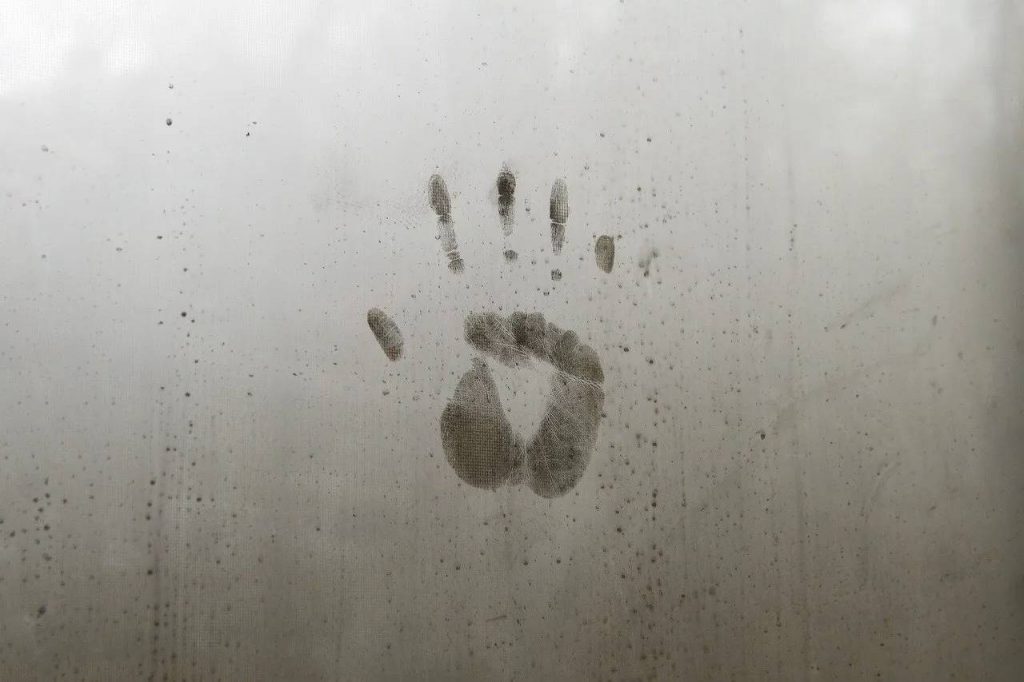
Where are the children?
And the biggest question of all that hung over them, more so than the cloud of grief that consumed their hearts, was the fact there were no bodies. Jennie refused to believe the official version of events.
In a similar house fire in a neighbouring county, a family of seven were tragically killed, but their skeletal remains were found. She also found it strange that some of her household appliances and items were found burned among the rubble, when the bones of her children were not.
George and Jennie began researching to find out what had really happened. Jennie visited a local crematorium who told her that remnants of human bones would remain after being burned at 2,000 °F (1,090 °C) for two whole hours, which was far longer and hotter than the house fire.
Or was it? The Sodder’s and their neighbours reported that the fire lasted around one hour before collapsing into virtually nothing. However, the fire brigade took at least three more hours to get there, by which point, parts of the tin roof were covering the basement.
If the children were in the house and had succumbed to smoke inhalation then as the house collapsed they would have fallen into the basement, with the tin roof on top of them. The basement also held some coal reserves for the house which would have turned the tin-covered storage room into a furnace.
The most logical conclusion is that the five Sodder children died in the fire and were incinerated through the unfortunate way the tin roof covered the coal-laden basement. But for George and Jennie, they began to believe their children were taken, and there is merit to their beliefs.
A rising fear the children were abducted
In October 1945, a door-to-door salesman visited the home and spoke to George who ended up arguing with him about his Italian political beliefs. The salesman walked off in anger and warned George that his house would ‘go up in smoke and his children will be destroyed’.
A few weeks later, a contractor seeking work as an electrician turned up at the house and told George his fuse boxes would cause a fire someday, this was despite the house being rewired and signed off by an electrical company just months before.
In the weeks leading up to Christmas, George Jr. and John reported seeing a strange vehicle in the area, with two men inside. They became worried as they believed the men were watching their younger siblings go to and from school.
By this point, George and Jennie wholeheartedly believed the fire had been caused by arson, and at one point suspected the Italian Mafia due to George’s vocal criticism of Italy’s government. They believed the phone call to the house just after midnight was to make sure they were inside for when the arsonist turned up.
The sound on the roof that woke Jennie up, could have been the perpetrator attempting to start the blaze. Though it remains uncertain why someone would cause a fire at the top of the house and not the lower levels, in the knowledge that fire rises – unless they were taking the children out of the attic first.
Interestingly, the drunk woman who had called the house with an unusual laugh was tracked down by investigators in the days after the fire. She told them it was a genuine wrong number and there was no ulterior motive.
But that raises another question. If the phone line to the house was deliberately cut then it must have happened between the time of the drunk woman phoning the house – just after midnight – and the time Jennie smelled smoke – around 1.30am.
Phone line and memorial
According to the Sodder’s neighbours, they saw a man near their property stealing some ropes and cables from their grounds. He was later arrested, and also questioned on the fire which was literally next door around the same time.
He admitted to stealing the ropes and cables, and also admitted to cutting the phone line because he thought it was a power line. He wanted to cut it so that the homeowners wouldn’t be able to turn on electrics or lights to spot him.
It is assumed the man would have used the ladder from the side of the Sodder house to reach the phone line above, before discarding it on the embankment. This answered the question of the ladder being missing. This suspect has never been named but it is reported he was fined for the theft.
In March 1946, the Sodder family planted flowers in the soil where the house stood, and Jennie tended to the memorial garden for the rest of her life. But the unanswered questions around the fire just kept piling up.
A bus driver who was passing through the town on Christmas Eve, witnessed a group of boys throwing balls of fire at the house but didn’t think anything of it at the time.
When the snow thawed, Jennie searched the area around the memorial garden and found a rubber ball that could have been doused with petrol and lit. It could also have been the sound she heard on the roof.
Then came the witnesses claiming they had seen the children after the fire had destroyed the Sodder’s lives.

Never-ending pain
A local woman who was watching the fire from her own house, saw a car pass by and recognised some of the younger Sodder children inside the car. But it was late and dark, and her vision could have been unclear, except she was adamant it was the children.
On Christmas morning, over 100 miles away on the main road to Charleston, a waitress said she had served breakfast to the five children who were with some adults and noticed the car they came in had Florida license plates.
In 1949, George saw a photograph of a young ballet dancer in New York and became consumed with the belief it was his daughter, Betty. He travelled all the way to New York to find the girl at her school but was refused entry and had to be restrained.
The family tried to get the FBI involved on the basis it was a kidnapping, and Director J. Edgar Hoover personally responded to their enquiries. He cited the fact it was something for local police and services to look into and if they needed the FBI’s help, they would ask for it. They never did.
In August 1949, the family enlisted a pathologist to scour through the dirt under the memorial garden, and remarkably, he found some bones. The vertebrae belonged to the same person and was aged in their late teens to early twenties – not a child’s.
But the very fact that bones had been found, that were not the children’s bones, bolstered the Sodder’s belief the children had not been in the house at the time of the fire. The pathologist concluded the bones had come from the soil George had covered the site in.
The family never gave up hope that the five children were alive, and they carried that belief with them for the rest of their lives; an unending pain that would never be resolved.
Logic doesn’t always work
After more sightings, in 1952, the family raised enough funds to put up a billboard at the memorial garden, with the pictures of all five children, listed as missing, along with a $10,000 (USD) reward for information.
Around the same time, over 200 miles away in Charleston, a hotel owner claimed to have seen the children one week after the house fire.
She said they were accompanied by two men and two women of Italian descent. It remains unclear how factual her story was or why she came forward many years after the fire.
As the years passed, more sightings came in. From a convent in Missouri to a bar in Texas, the case had become so well known that sightings and stories were popping up all over the place. And it was left to George to follow up all the leads in person. It had become his life’s mission to find his missing children.
A 1967 tip led George back to Texas, where a woman claimed one of his sons was living there under a new identity. He even met the man, who denied he was George’s missing son, but it didn’t stop him believing.
Consumed with his mission, George was coming up against brick walls everywhere he turned. He remained unconvinced that his children had died in the fire and never gave up looking for them. Upon his death in 1969, Jennie remained in the family home and only went out wearing black, in a constant state of grief.
She died in 1989, the same day the billboard was finally removed from the memorial garden. The Sodder children, apart from John – who wanted to move on – took up their parent’s lifelong mission and continued to raise awareness of the case.
Sylvia Sodder, who was two-years-old at the time of the fire, died in 2021, and reported having experienced her parent’s grief long into adulthood. She too believed her siblings didn’t die in the fire. She promised her parents she would keep the story alive, the same promise made to her by her own children.
It seems logical the children would have died in a fire that burned for many hours, in a story kept alive by a family suffering immense grief, looking for any thread of hope the children were alive. It could be that the mysterious disappearance of the Sodder children is a story that has perpetuated due to the family suffering from immense survivor’s guilt.
Yet, logic doesn’t always work, and there are so many threads to this case that don’t quite add up, that the suggestion the children were kidnapped remains a possibility, albeit one that has never been proven.
There is a strong chance the fire was caused by arson, and if it was – and the Sodder’s were killed – then someone seems to have gotten away with the murders of five children.
This and NINETEEN other true crime stories and mysteries can be found in Bizarre True Crime Volume 5 (Christmas Edition), available from Amazon.
- What Happens to Cold Cases? The Intricacies and Unsolved Mysteries Explained

- 13 Facts You Need to Know About Levi Bellfield: The Bus Stop Stalker

- How Has Pathology Evolved Over Time? (History of True Crime)

- Trio Convicted of June 2022 Westminster Murder of Adnan Saleh

- How Did Forensic Science Evolve Through History? (History of True Crime)

I feel like there should be more killers who use the internet especially in today's world.
Thanks for this. Anymore podcast lists coming anytime soon??
Not just females.
[…] Not So Heavenly Creatures: The case of two teenage girls who fell in love, created their own religion, entered…
There's a lot more the Italian authorities are not releasing over this case. Makes you wonder the extent of the…

 T
T
What Happens to Cold Cases? The Intricacies and Unsolved Mysteries Explained

 T
T
13 Facts You Need to Know About Levi Bellfield: The Bus Stop Stalker

 T
T
How Has Pathology Evolved Over Time? (History of True Crime)
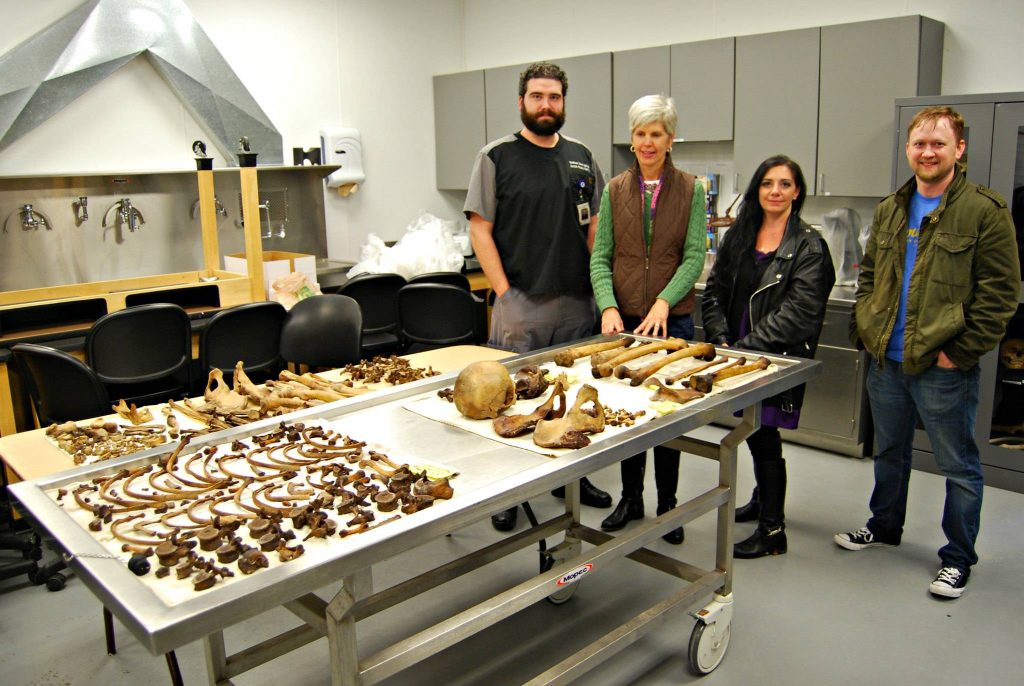
 T
T


